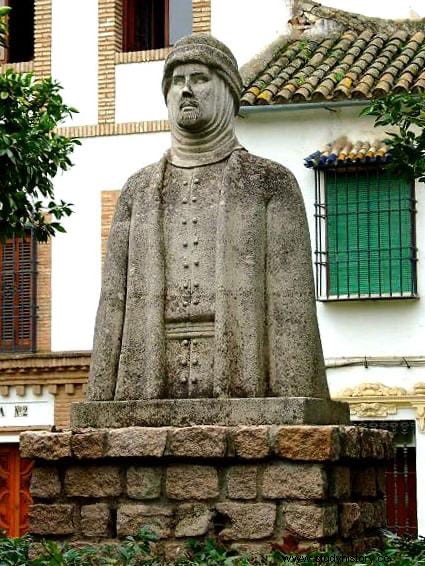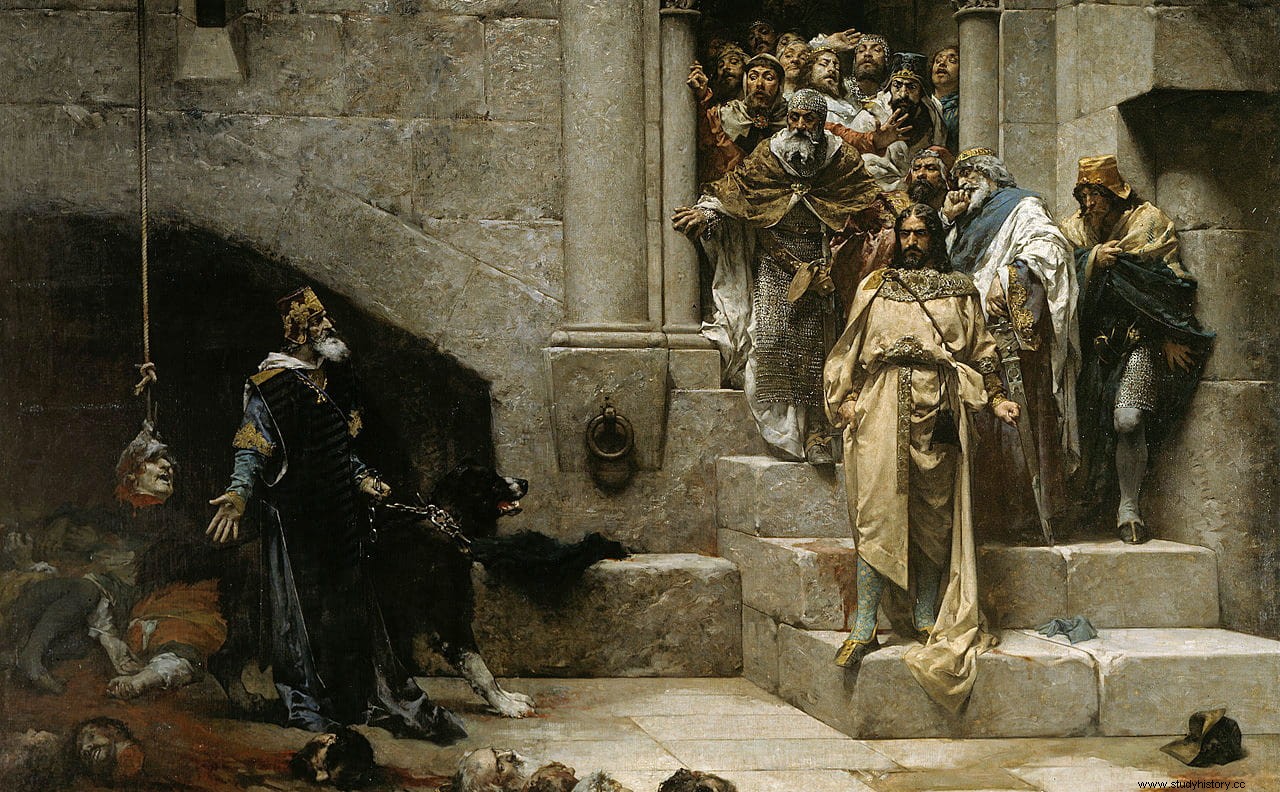The expression spend a night in Toledo is often used. (or used to, since it has fallen into disuse) to illustrate someone who has had a bad time, unable to sleep, for whatever reason.
The origin of the curious statement is not clear and it is generally attributed to the heat that is usually in the province even at night, preventing sleep. But a different genesis has also been proposed, of a historical nature and much more juicy:the so-called Day of the Toledo Pit .
You have to go back a long time, to the eighth century , when that city was under the control of the Emirate of Córdoba. In the year 797 AD was independent emir Al Hakam I . His father, Hisham I, son of the famous Abderramán I, had a peaceful reign in the internal sphere that allowed him to carry out many raids against Christians. However, before he suffered opposition from his brothers, who refused to recognize his authority, so he had to defeat both on the battlefield. One of them, Soleimán, was a wali (Governor) of Toledo, a city that still maintained its suspicion towards Córdoba when Al Hakam took over the emirate.

Some chroniclers describe him as violent and impious, and the truth is that his stage was quite turbulent . To begin with because his uncles tried again to seize power, but also because several cities took advantage of the unstable situation to rebel. This was the case of Toledo, whose population was basically Hispano-Roman and Visigothic -although there were also Jews and, of course, Muslims- and enjoyed a certain autonomy, often expressing positions that were resistant to the provisions of Córdoba.
Fed up with that opposition, Al Hakam decided to eliminate that self-government and to do so in an exhaustive and exemplary manner. For this he sent as walí to a man of his complete confidence, Amrus Ben Yusuf , governor of Talavera de la Reina, who had to try to attract the notables with all kinds of promises, accepting in the first instance his demands to gain his trust. This is what happened, in effect:Amrus was neither an Arab nor a Berber, but Muladi (in this case the son of a Christian convert to Islam) and also enjoyed a certain prestige for having participated in the battle of Roncesvalles, which served to build a friendly bridge.
This is explained because the Toledo nobles, who were already in open rebellion since the beginning of the year under the leadership of Ubayd Allah ibn Yamir, were also majority Muladíes . In fact apparently everything went well:Amrus gave in to his demands and even ordered to build a fortress , which showed that the tension was relaxed since, a priori , it did not seem logical that the city be provided with a point of defense making things easier for the nobility. Once it was finished, the Walí announced that he would come to inaugurate it himself Abderramán II , Al Hakam's teenage son and future emir; definitely, the people of Toledo had prevailed.
Amrus organized a party and he himself came that day, inviting all the aristocratic families who had been particularly rowdy as a way of entertaining them once more. But that time was the last. To increase the pomp, the nobles entered the room one by one, closing the door behind them until the next one entered.

What none suspected is that as they entered they werecut their throats and their heads thrown into the moat of the fortress itself (later publicly hung from the battlements). And so, one after another, it is estimated that at least between four hundred and seven hundred people fell. , although some sources speak of thousands; A metaphor from then compares the vapor of spilled blood with that of kitchens and it is said that even Abderramán was impressed for the rest of his life by that massacre.
In reality, as is often the case with many medieval stories, it is not known exactly where the story ends and the legend begins. . For example, another version tells that Amrus was not so ruthless for political reasons but for personal ones, since the Toledo nobles would have murdered his son. Moreover, some Arabists even deny the veracity of the entire account and assimilate it to much earlier similar narratives to Al Andalus; for example the story of Herodotus on Periandro (later versioned by Aristotle) or that of Tito Livio on Tarquino. It is also similar to the massacre of the Abencerrajes of Granada and three centuries after the Jornada del Foso a very similar case would be repeated, that of the Campana de Huesca, curiously based on a work entitled Anales Toledanos Primeros .
